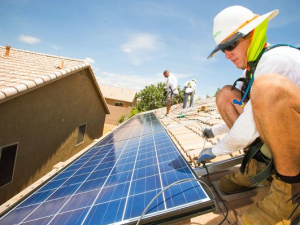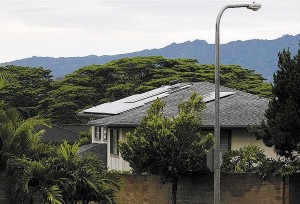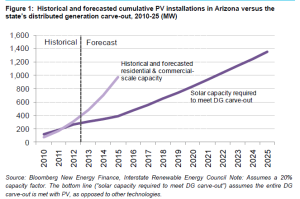par STEFAN LOUILLAT, Le Monde.fr, 5 juin 2014
Les Bepos kesako ? Cet acronyme désigne les bâtiments à énergie positive. Seuls 30 Bepos sont construits chaque année en France. Quels avantages présentent ces bâtiments? À quels critères doivent-ils répondre ? Comment peuvent-ils se généraliser ? Quelles sont leurs limites? Éléments de réponse avec Stéfan Louillat de l’Ademe (Agence de l’environnement et de la maîtrise de l’énergie).
Des bâtiments qui produisent plus d’énergie qu’ils n’en consomment. Voilà le challenge que devra relever tous les bâtiments construits après 2020. Selon la règlementation européenne, les bâtiments à Energie Positive (les Bepos) devront donc afficher une “énergie nette presque nulle”. Si les détails de ce bilan positif sont encore à définir, les grands principes sont, eux, connus. Le bilan s’entend en moyennes annuelles et la production doit être supérieure aux consommations dues au chauffage, à la climatisation, à la production d’eau chaude sanitaire et à l’éclairage.
Plusieurs dizaines de réalisations ont été accompagnées en Ile-de-France par l’Ademe depuis cinq ans notamment par l’intermédiaire d’appels à projets pour des bâtiments démonstrateurs. Parmi eux, l’école de Saint Exupéry à Pantin. Composée de trois volumes compacts, l’école est dotée de plus de 1000 m2 de capteurs photovoltaïques. Cet équipement, couplé à des matériaux bien précis, lui permet de produire plus d’électricité qu’elle n’en consomme en chauffage, éclairage et ventilation. Les salles de classe, bureaux et espaces de loisirs sont également équipés de sondes photoélectriques afin d’optimiser la gestion de l’éclairage.



